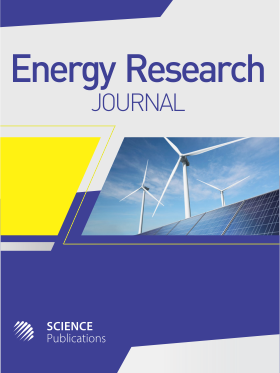Improving the Polypropylene-Clay Composite Using Carbon Nanotubes as Secondary Filler
- 1 International Islamic University Malaysia, Malaysia
- 2 Jazan University, Saudi Arabia
Abstract
Problem statement: Current researches have shown that the thermoplastic-clay nanocomposites have failed to live up to the earlier predictions albeit they have found some niche area of applications. This research work therefore aimed at studying the effect of carbon nanotube as secondary filler on the mechanical properties of polypropylene-clay nanocomposite. Approach: Hybrid polypropylene-clay nanocomposite was prepared in the presence of Multiwall Carbon Nanotubes (MWCNTs) as secondary additives using melt intercalation process. The effect of Multiwall Carbon Nanotubes (MWCNTs) on the polypropylene/clay matrix was investigated in terms of dispersion using XRD, tensile test (ASTM D 638) and notched Izod impact test (ASTM D256). These were compared with the conventional polypropylene-clay nanocomposite. Results: The resulting composite shows about 42% increase in the modulus, 26.20% in the tensile strength and 13.30 Kj m-2 impact strength when compared with binary combination of PP/Clay nanocomposite. XRD patterns of PP/Clay and PP/Clay/MWCNT nanocomposites show different diffraction peaks which are indications of intercalation mixed with macromixing. Conclusion: This study showed that MWCNT can successfully address the common shortcomings peculiar to PP/Clay nanocomposite.
DOI: https://doi.org/10.3844/erjsp.2010.68.72

- 4,869 Views
- 3,558 Downloads
- 16 Citations
Download
Keywords
- Carbon nanotubes
- clay
- MWCNTs
- nanocomposite
- thermoplastic
- XRD
